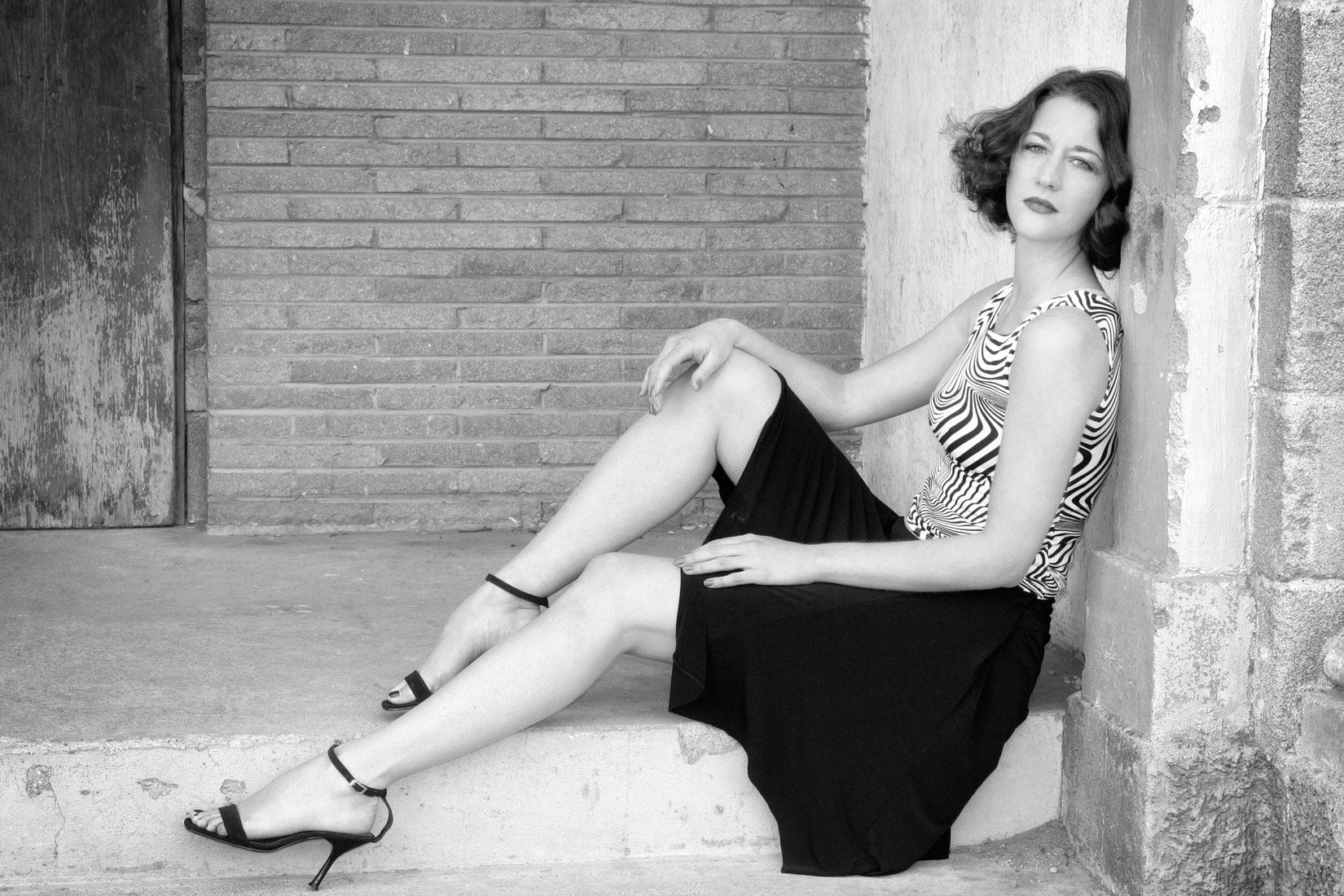Today’s Post by Joe Farace
In this week’s #wheelswednesday post, I talked about capturing Black & White and Color images at the Same Time. Today the subject is creating color images from image files that were originally made using direct monochrome capture and are only available in black and white…
There’s been a lot of on-line hysteria about artwork that was created using an AI. I’m not going down that rabbit hole today but would like to introduce you to an AI that can be used to colorize black and white images. Oh, I know what you may be saying. Making it look even halfway real takes lots of talent and sometimes it still ends up looking fake. All that’s true. The free web tool is called Palette.fm and uses an AI to automatically and convincingly colorize black-and-white photos.
 The software was developed by Emil Wallner, a Swedish machine learning researcher. It could not be simpler to use because after uploading a black and white photo, you simply choose a color filter, such as: Base (which was used in today’s example,) Lavender Dusk, Colorful Memories, Vivid Natural, Warm Glow, Royal Vibes, Analog Rainbow, Pastel Notes, Outdoor Vibes, Bright Studio, Matte Ruby, Cinematic Shades, Radiant Rainbow, Playful Pop, Faded Elegance, Garden Delights, Lively Floral, Tutti Fruitti, Vintage Charm or Ambient Historic and the Artificial Intelligence does the rest.
The software was developed by Emil Wallner, a Swedish machine learning researcher. It could not be simpler to use because after uploading a black and white photo, you simply choose a color filter, such as: Base (which was used in today’s example,) Lavender Dusk, Colorful Memories, Vivid Natural, Warm Glow, Royal Vibes, Analog Rainbow, Pastel Notes, Outdoor Vibes, Bright Studio, Matte Ruby, Cinematic Shades, Radiant Rainbow, Playful Pop, Faded Elegance, Garden Delights, Lively Floral, Tutti Fruitti, Vintage Charm or Ambient Historic and the Artificial Intelligence does the rest.
How I Made these Portraits: The portrait of my former muse Tia Stoneman in the doorway of an old building was captured directly in monochrome mode. It was made using a Canon EOS 50D and the EF 28-105mm f/3.5-4.5 II lens (at 53mm.) An EX550 speedlight was used for fill. The original black and white JPEG file was imported into Palette.fm and colorized using its Base filer producing what you see in the thumbnail for this post. The result seemed a slightly warm to me so I used PictoColor iCorrect Portrait single-clicking the skin tones button to create the below image.

“Palette.fm uses a deep learning model to classify images, which guides its initial guesses for the colors of objects in a photo or illustration. If you don’t like any of the preset color filters, you can click the pencil icon to edit the caption, which guides the colorization model…” Big thanks to Benj Edwards, an AI and Machine Learning Reporter for ARS Technica for bringing this tool to my attention.
The software is not perfect and maybe I got lucky with the first photograph I tried. Although my minor tweak with iCorrect Portrait One made, what I feel, was a big improvement. One commenter on ARS said, “the results are different each time (you use it) so you may want to try a few times to get the image you like” but I think that the results mostly depend on the kind of image that you upload. But give it a try and see for yourself. It’s free.
One of my photography regrets is that before I began my RAW+JPEG regimen I would often (too often it seems) shoot images, especially portraits, in monochrome-only mode and much later wish that I had a color RAW file to work with. Now I plan to take a look at some of these sessions and maybe do some blog updates featuring the colorized images as well as posting them on my Instagram feed. Follow-me (@joefarace) there, to check them out. PS. Look for another colorized portrait image on the next #wheelswednesday post.